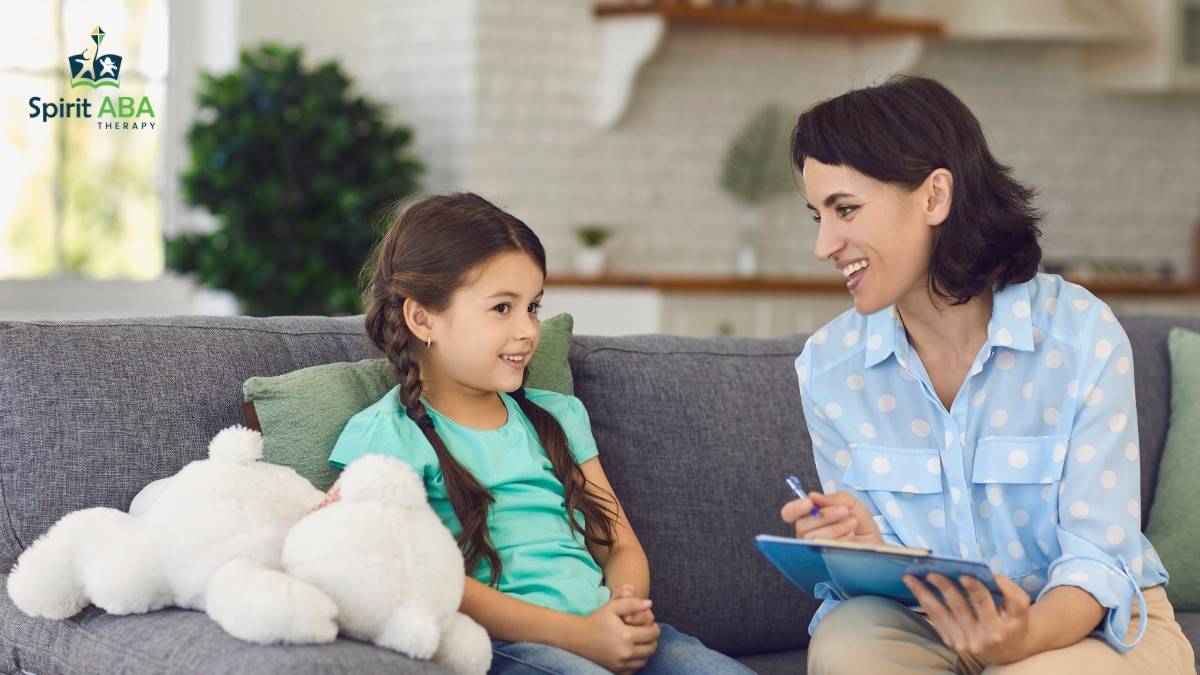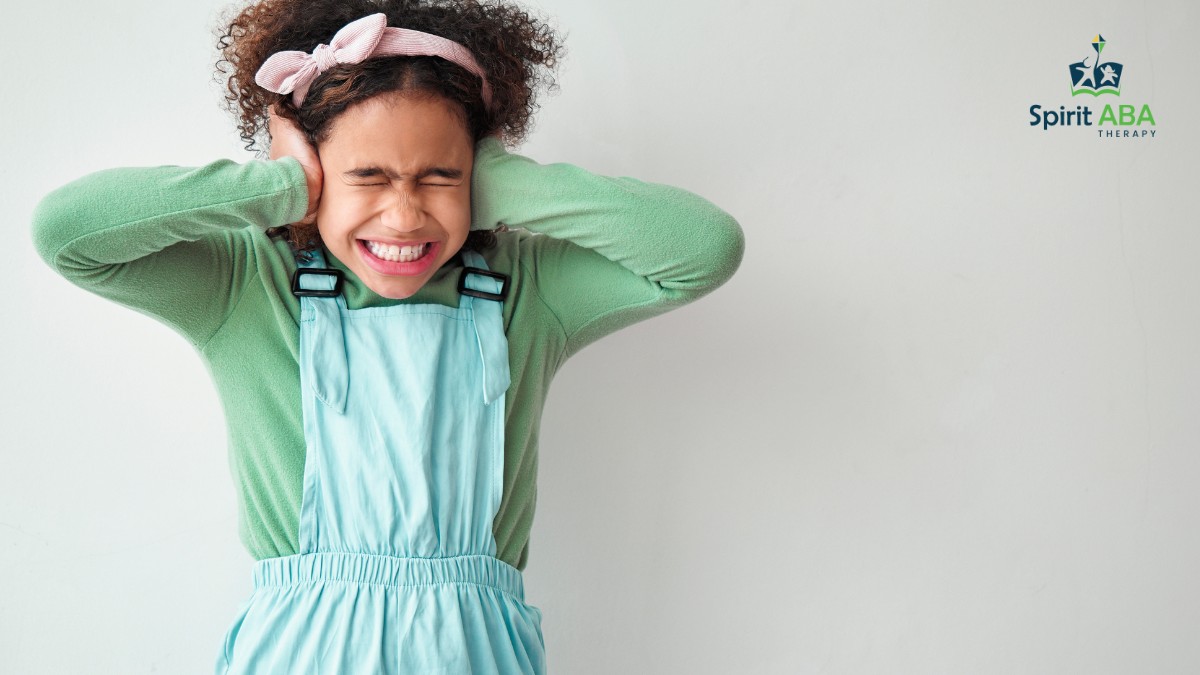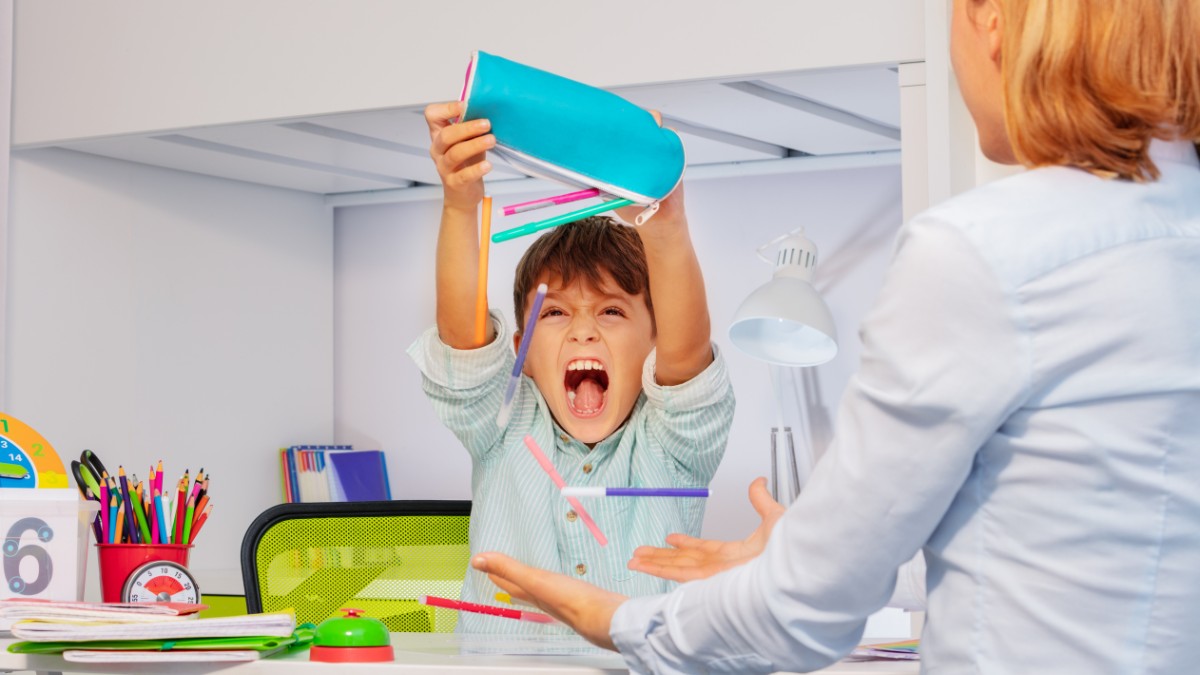Key Points:
- Trigger analysis in ABA focuses on understanding the environmental and situational triggers that lead to challenging behaviors.
- By identifying these triggers, ABA therapists can develop strategies to address and prevent problem behaviors.
- Trigger analysis helps tailor interventions, promoting more effective and positive behaviors in children.
Is your child’s behavior leaving you puzzled? Trigger analysis in ABA helps parents like you identify the underlying causes of problem behaviors. By recognizing the triggers that set off these behaviors, you can work with your child on more effective ways of coping and communicating their needs.

What is Trigger Analysis in ABA?
Trigger analysis is a technique used in Applied Behavior Analysis (ABA) to identify the environmental, social, or internal factors that provoke or “trigger” challenging behaviors in children. The goal is to observe and analyze these triggers so that behavior analysts can create effective strategies to reduce or prevent these behaviors.
This process helps parents and therapists understand why certain behaviors occur and how they can be managed before they escalate. By understanding the triggers behind these behaviors, ABA therapists can work with children to teach more appropriate ways to express their needs, improving their communication skills and overall behavior.
How Does Trigger Analysis in ABA Work?
Trigger analysis is not just about observing the behavior itself—it’s about understanding the circumstances surrounding it. Behavior analysts use a detailed approach to uncover the underlying causes, which often leads to more effective and personalized interventions.
The first step in trigger analysis is to observe the child’s behavior closely. This involves collecting data on the specific situations or environments where the behavior occurs, as well as the immediate consequences of that behavior. For example, does the child engage in aggressive behavior when asked to transition between activities? Is the behavior triggered by a specific demand or frustration?
Once patterns are identified, therapists can hypothesize what might be causing the behavior. It could be something as simple as sensory overload, an unmet need for attention, or difficulty transitioning between tasks. These insights allow for targeted interventions that aim to reduce triggers and replace problem behaviors with more constructive alternatives.

What Are the Different Types of Triggers in ABA?
Triggers in ABA can be broadly categorized into several types, each with its own set of factors. Identifying which category a behavior falls into is essential for effective intervention.
Understanding these types allows behavior analysts to create strategies that directly address the root cause of the behavior, rather than simply managing the surface-level problem. Let’s take a look at the most common types of triggers in ABA:
1. Environmental Triggers
Certain physical or environmental factors can trigger undesirable behaviors in children. These triggers could include noise levels, crowded spaces, or a change in the physical environment (such as rearranged furniture or lighting changes).
For example, a child might become overwhelmed in a noisy classroom, which could trigger a meltdown or withdrawal behavior. Identifying these triggers allows parents and educators to make adjustments to the environment to reduce stressors and create a more comfortable space for the child.
2. Social Triggers
Social triggers involve interactions with others that lead to challenging behavior. These triggers can occur when a child feels misunderstood, ignored, or overwhelmed by social demands.
For instance, a child might act out when asked to participate in group activities due to anxiety or difficulty with peer interactions. Recognizing these social dynamics is critical, as it can lead to interventions like teaching social skills, promoting positive peer interactions, or providing the child with a structured routine to feel more secure in social settings.
3. Sensory Triggers
Some children are particularly sensitive to sensory stimuli, and these triggers can lead to distress and problematic behaviors. Sensory triggers might include bright lights, loud sounds, certain textures, or even specific smells.
If a child has heightened sensory sensitivities, they may engage in behaviors like covering their ears, avoiding certain materials, or even becoming aggressive. In these cases, sensory integration techniques can help children cope better with these triggers by gradually desensitizing them to the stimuli or offering alternative ways to manage sensory overload.
4. Internal Triggers (Emotional or Cognitive)
Internal triggers are those that arise from within the child, often relating to emotions or cognitive processing. These might include feelings of frustration, hunger, tiredness, or anxiety.
For example, a child who experiences difficulty with frustration tolerance might exhibit problem behaviors when faced with challenging tasks. Identifying these internal triggers is vital, as interventions can focus on developing emotional regulation skills or providing coping strategies to manage anxiety or frustration in productive ways.
How Do ABA Therapists Use Trigger Analysis?
Now that we understand the types of triggers, let’s explore how behavior analysts use trigger analysis to create effective interventions. The goal is always to replace problematic behaviors with positive alternatives, which involves both identifying triggers and teaching appropriate responses.
ABA therapists rely on a combination of observation, data collection, and functional behavior assessments (FBAs) to identify triggers and develop personalized interventions. Here’s how they proceed:
Data Collection and Observation
Therapists start by observing the child in various settings—home, school, therapy sessions, and other environments. They may track the frequency and context of behaviors, noting when and where triggers occur.
This data is crucial for understanding patterns. For example, if a child frequently engages in aggression when asked to do difficult tasks, the therapist can hypothesize that the behavior is triggered by frustration or task difficulty.
Functional Behavior Assessment (FBA)
A Functional Behavior Assessment (FBA) is a formal process in ABA where behavior analysts gather information from various sources, such as parents, teachers, and caregivers, to understand the purpose of the behavior. The FBA helps pinpoint the underlying causes and the triggers of problem behavior.
The FBA includes interviews, direct observations, and sometimes questionnaires. From this, the therapist develops hypotheses about what triggers the behavior and the reinforcement that follows it, which helps in crafting an individualized treatment plan.
Developing and Implementing Interventions
Based on the trigger analysis, therapists create interventions designed to reduce the occurrence of the challenging behavior. This might involve modifying the environment to minimize triggers, teaching the child alternative communication methods, or using reinforcement strategies to encourage positive behaviors.
For instance, if a child’s challenging behavior is triggered by social demands, the therapist might implement social skills training and use reinforcement for appropriate interactions. If sensory overload is the issue, the child might be taught to use noise-canceling headphones or be given sensory breaks during stressful situations.
How Trigger Analysis in ABA Helps Prevent Challenging Behaviors
One of the biggest advantages of trigger analysis in ABA is its proactive nature. Instead of simply reacting to problem behaviors when they occur, ABA therapists focus on preventing them by addressing the root causes.
By identifying triggers before they lead to behavioral problems, ABA therapists can implement strategies to avoid or reduce the intensity of the situation. This results in a more positive and supportive environment, both at home and in school settings.
The process of trigger analysis also allows children to develop better coping skills, self-regulation, and communication abilities. With the right interventions, children can learn to manage their emotions and responses more effectively, making everyday interactions smoother and less stressful.
Ready to Make a Change? Get Support with ABA Therapy Today
At Spirit ABA, we understand how challenging it can be to manage your child’s behavior. Our expert ABA therapy in Colorado, Iowa and Nebraska specializes in trigger analysis ABA, offering tailored interventions to reduce challenging behaviors and improve communication.
We use evidence-based strategies to support your child’s unique needs, helping them manage triggers and develop positive, functional behaviors. If you’re ready to create a calm, structured, and supportive environment for your child, we’re here to help.
Contact us today to learn more about our personalized ABA therapy programs in Colorado, Iowa and Nebraska. Let us help your child succeed, one step at a time.


